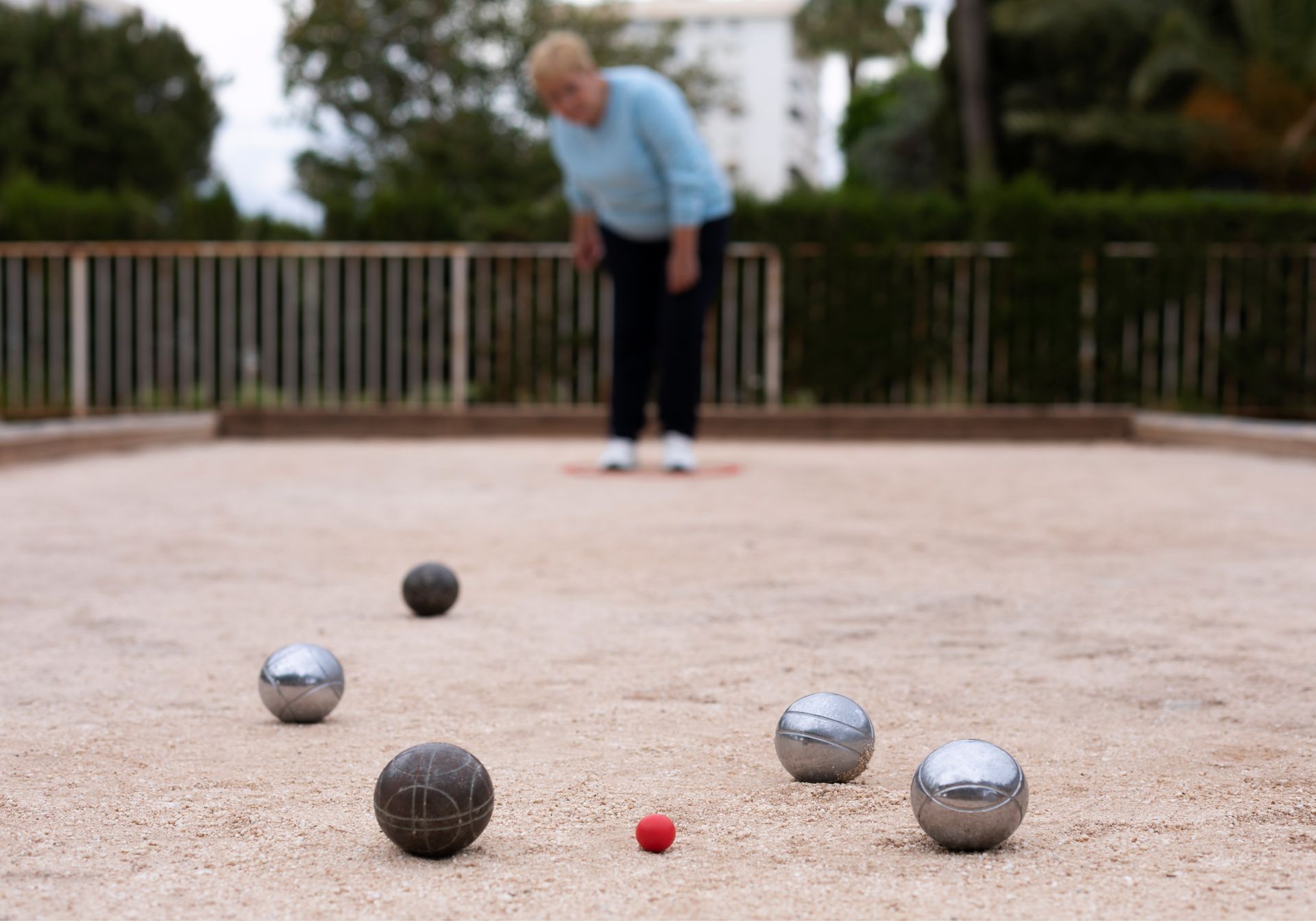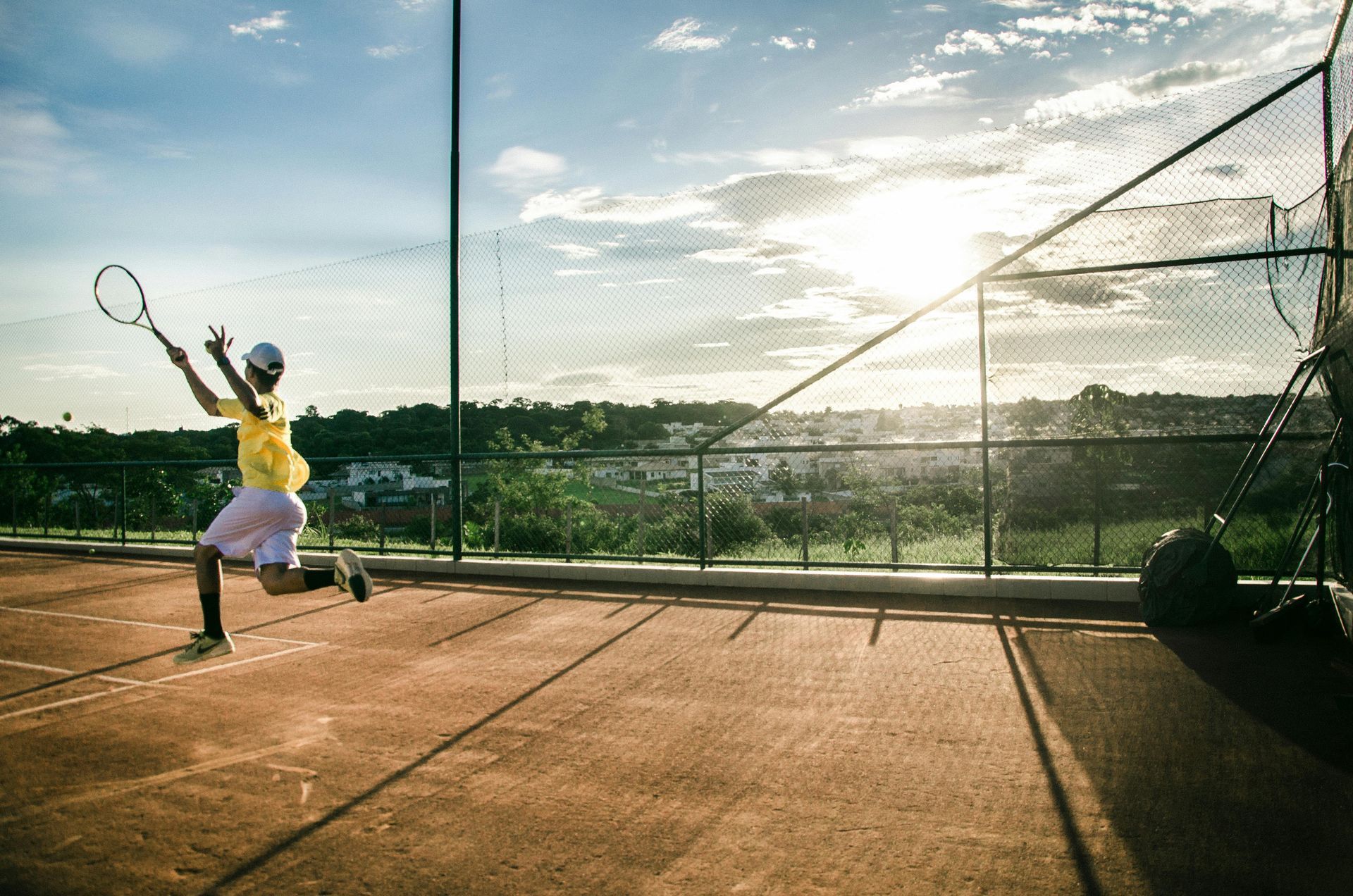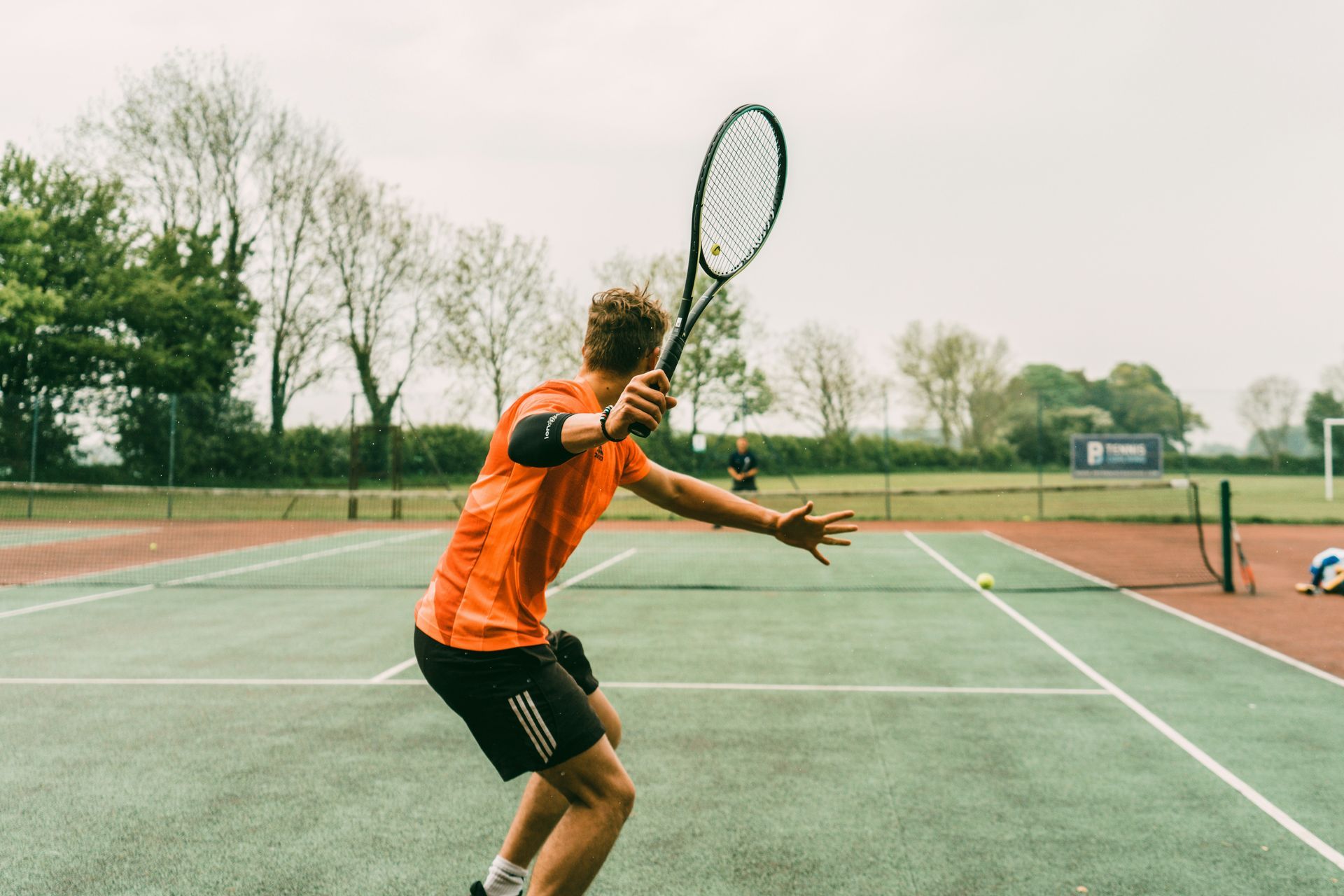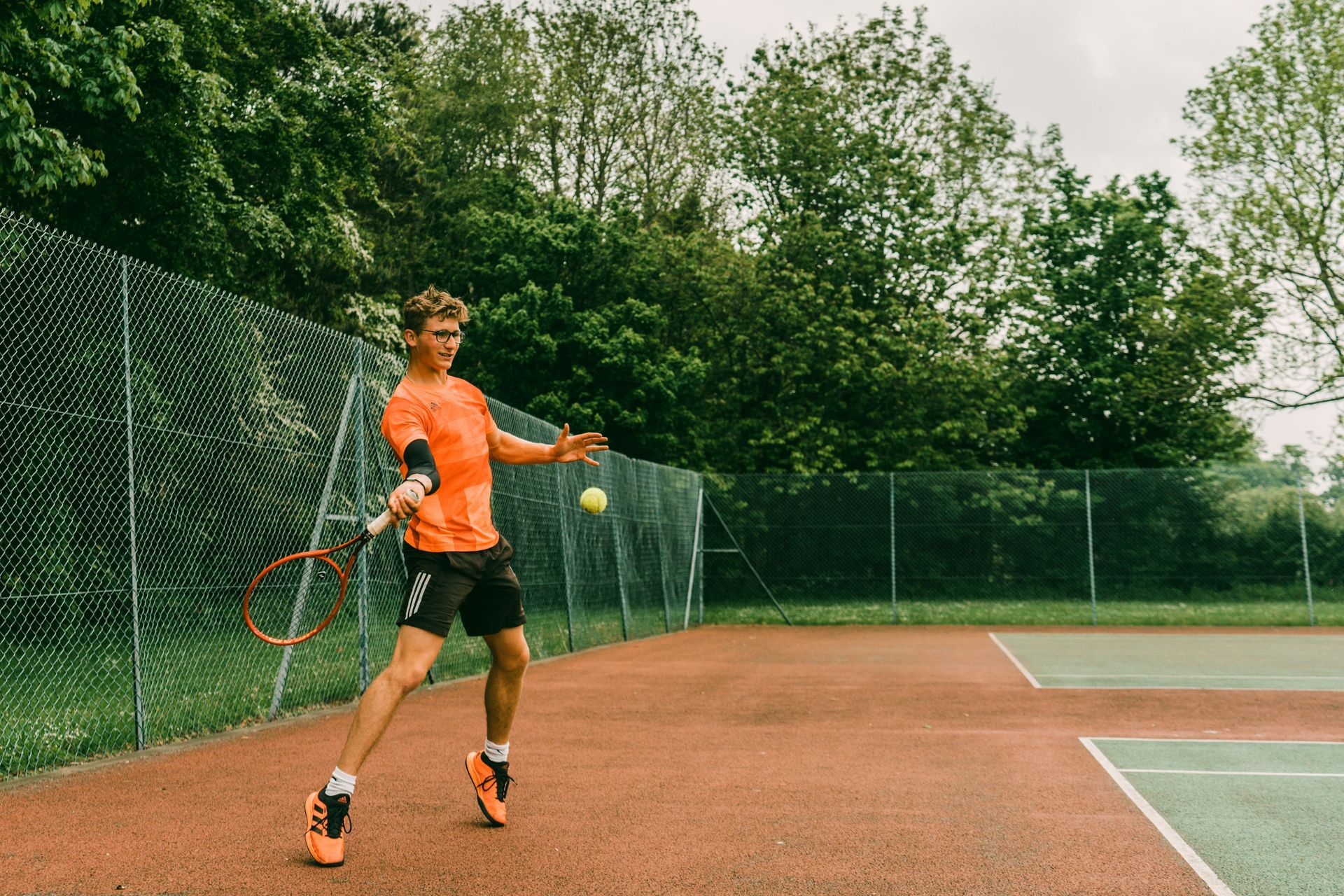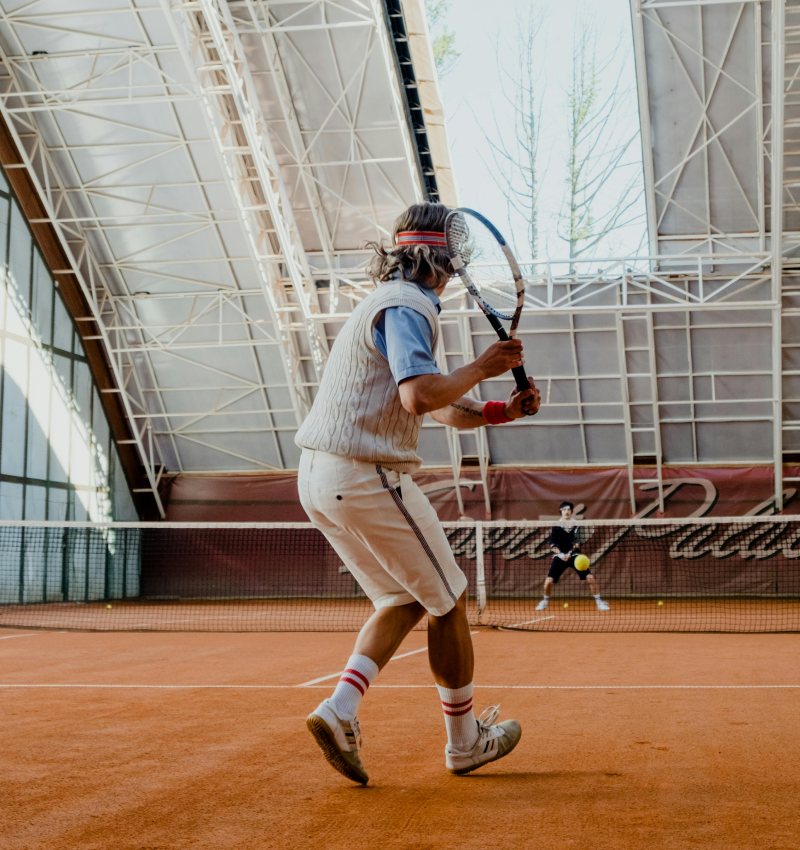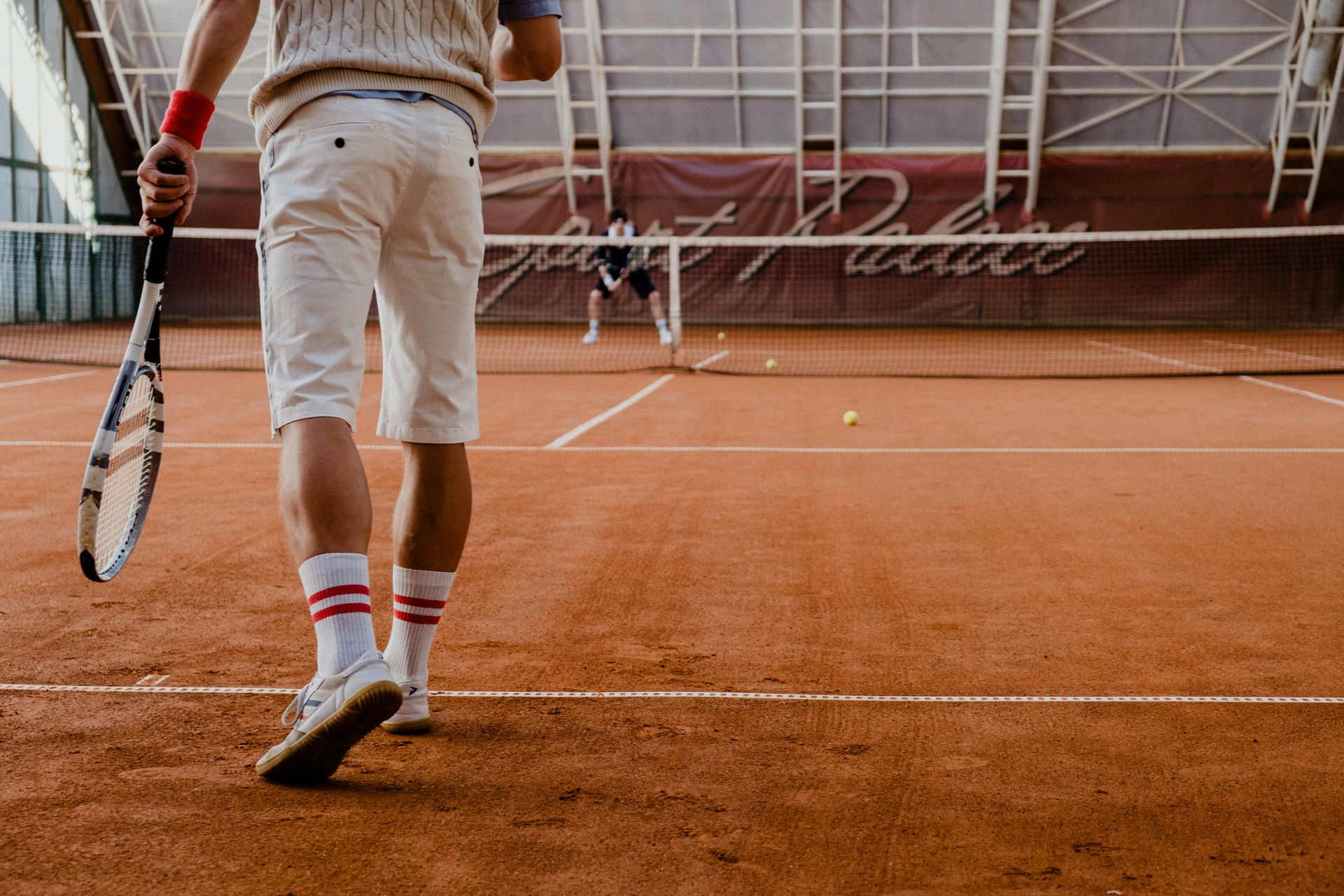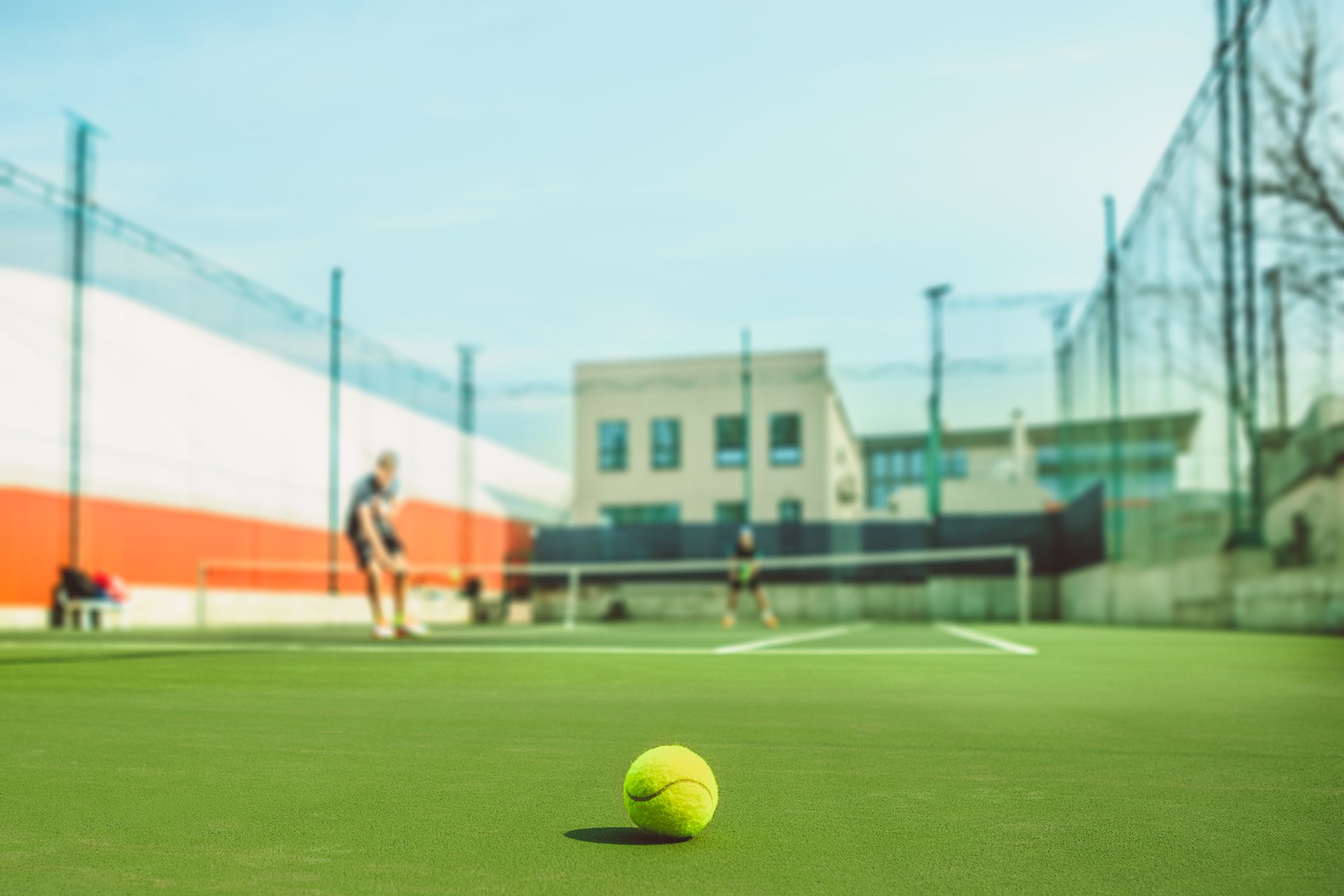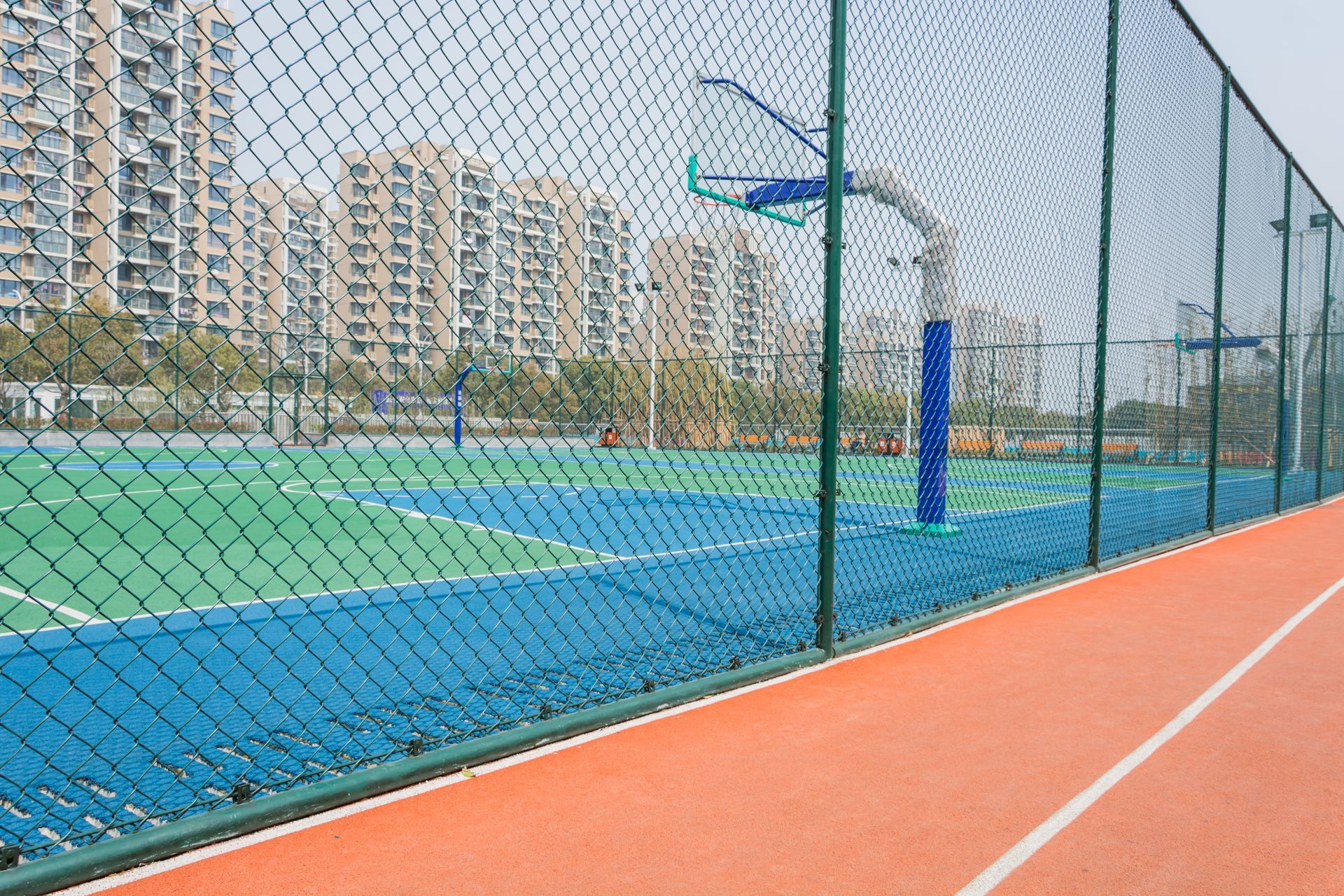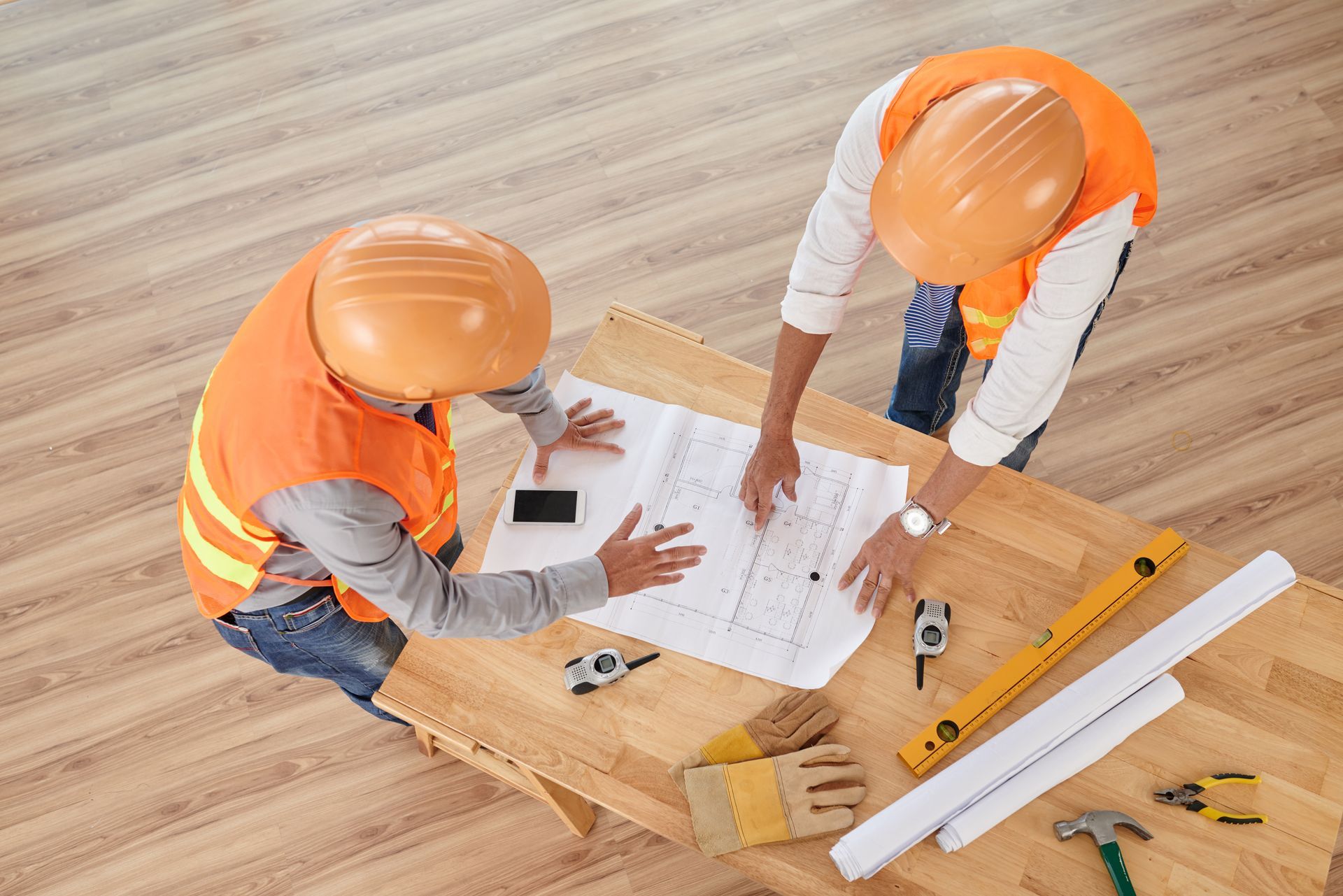How to Choose the Right Surface for Your Court
Choosing the right surface for your court is a crucial decision that affects not just the playability but also the longevity and maintenance of the court. Whether you're planning a court for tennis, basketball, pickleball, or any other sport, the surface you select can greatly influence the game's quality and players' experience. Different surfaces offer various advantages and challenges, so it's important to consider all aspects before making a choice.
The selection of a court surface is more than just a matter of preference; it's about creating an environment that matches your vision for the sport and its players. With options ranging from hard courts that promise durability and low maintenance to soft clay surfaces that favor strategic play and reduce the impact on athletes, the choice holds significant implications. It's also a reflection of your commitment to providing the best possible conditions for both competitive and recreational play. By exploring the benefits and limitations of each option, you can align your court with the aspirations and safety of its users, setting the stage for countless matches and memories.
This article aims to guide you through the process, helping you understand the key factors to consider and the options available, ensuring you make the best decision for your needs.
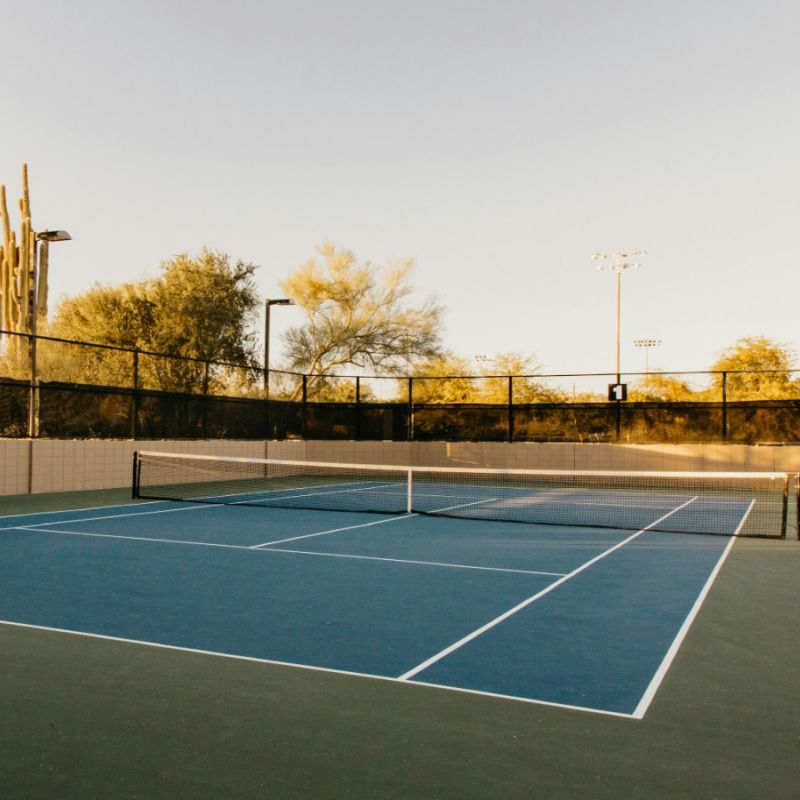
Considerations
When choosing the right surface for your court, there are several key factors to keep in mind:
Climate and Location
The weather and location of your court play a significant role in deciding the best surface. Some materials hold up better in certain climates than others. For example,
clay courts may not be the best choice for very wet or freezing environments.
Type of Sports
Different sports have different requirements.
Tennis,
basketball, and
pickleball all benefit from surfaces that offer specific bounce characteristics and traction levels. Think about the sports that will be played most often on your court.
User Comfort and Safety
The safety and comfort of the players are paramount. Some surfaces offer more cushioning and are easier on the joints, while others may increase the risk of injuries due to slips or falls. Consider who will be using the court—children, adults, or professionals—and their safety needs.
By carefully evaluating these considerations, you can narrow down your options and choose a surface that best fits your specific needs, ensuring a functional and enjoyable court for everyone.
Surface Types
There are several types of surfaces to choose from, each with its own set of benefits:
Hard Courts: Require occasional sweeping and spot cleaning to remove debris. They are relatively low-maintenance compared to other types, but cracks should be addressed promptly to prevent further damage.
Clay Courts: Need regular watering, rolling, and brushing to maintain their flat and smooth surface. They also require seasonal treatments to preserve the clay's quality and playability.
Grass Courts: Demand meticulous care, including frequent mowing, watering, and fertilizing to keep the grass healthy and the surface even. They are the most labor-intensive in terms of upkeep.
Synthetic Surfaces: Offer the advantage of being easier to maintain than natural options. They need to be cleaned to prevent mold and mildew buildup and checked for wear and tear but generally require less day-to-day maintenance.
Choosing the right surface depends on the type of sport, maintenance capabilities, and personal preferences for game speed and style. Each surface offers a unique playing experience, so consider what will enhance the enjoyment and performance for users of your court.
Cost and Longevity
When deciding on a court surface, it's important to weigh the initial investment against the long-term benefits and costs:
Hard Courts: Offer a good balance between upfront investment and ongoing costs. Though the initial installation may be pricey, their durability means lower maintenance fees over the years.
Clay Courts: While the initial setup might be less expensive, be prepared for higher ongoing maintenance costs. Regular upkeep is necessary to keep the surface playable and extend its life.
Grass Courts: They require a significant initial investment, not just in installation but also in maintenance equipment and labor. Their upkeep is continuous and costly, but they offer a playing experience unlike any other.
Synthetic Surfaces: These surfaces are cost-effective in both installation and maintenance. They provide a long-lasting playing area with minimal upkeep, making them an economical choice for many facilities.
Each type of court surface comes with its own set of financial considerations, from initial setup costs to long-term maintenance. Understanding these can help you make an informed decision that aligns with your budget and long-term planning.
Professional Advice
Consulting with experts like the Mor Sports Group before deciding on your court's surface is crucial. Our team of professionals can offer personalized advice tailored to your unique requirements, taking into account factors such as location, budget, and intended use. With extensive experience in constructing and maintaining various types of sports courts, the Mor Sports Group can guide you through the intricacies of each surface option. We can also introduce you to the latest materials and technologies that might be perfect for your project. By working with the Mor Sports Group, you ensure that your investment is informed, cost-effective, and aligned with your vision for the future, making your sports facility stand out.
Conclusion
In Conclusion, choosing the right surface for your court is a decision that impacts not only the immediate playability but also the long-term enjoyment and sustainability of the facility. By carefully considering factors like climate, type of sport, user comfort, and safety, alongside the maintenance, cost, and longevity of different surfaces, you can make an informed choice. Remember, consulting with seasoned professionals like the Mor Sports Group can provide you with valuable insights and help tailor the decision to your specific needs and circumstances. Ultimately, the right surface for your court is one that meets your budget, enhances the playing experience, and stands the test of time, ensuring years of active, enjoyable use.
QUICK LINKS
GET IN TOUCH
Phone:
(239) 292-3102
Email:
Info@morsportsgroup.com
Address:
9401 Corkscrew Palms Circle
Estero, FL 33928
All Rights Reserved
Terms and Conditions | Privacy Policy
